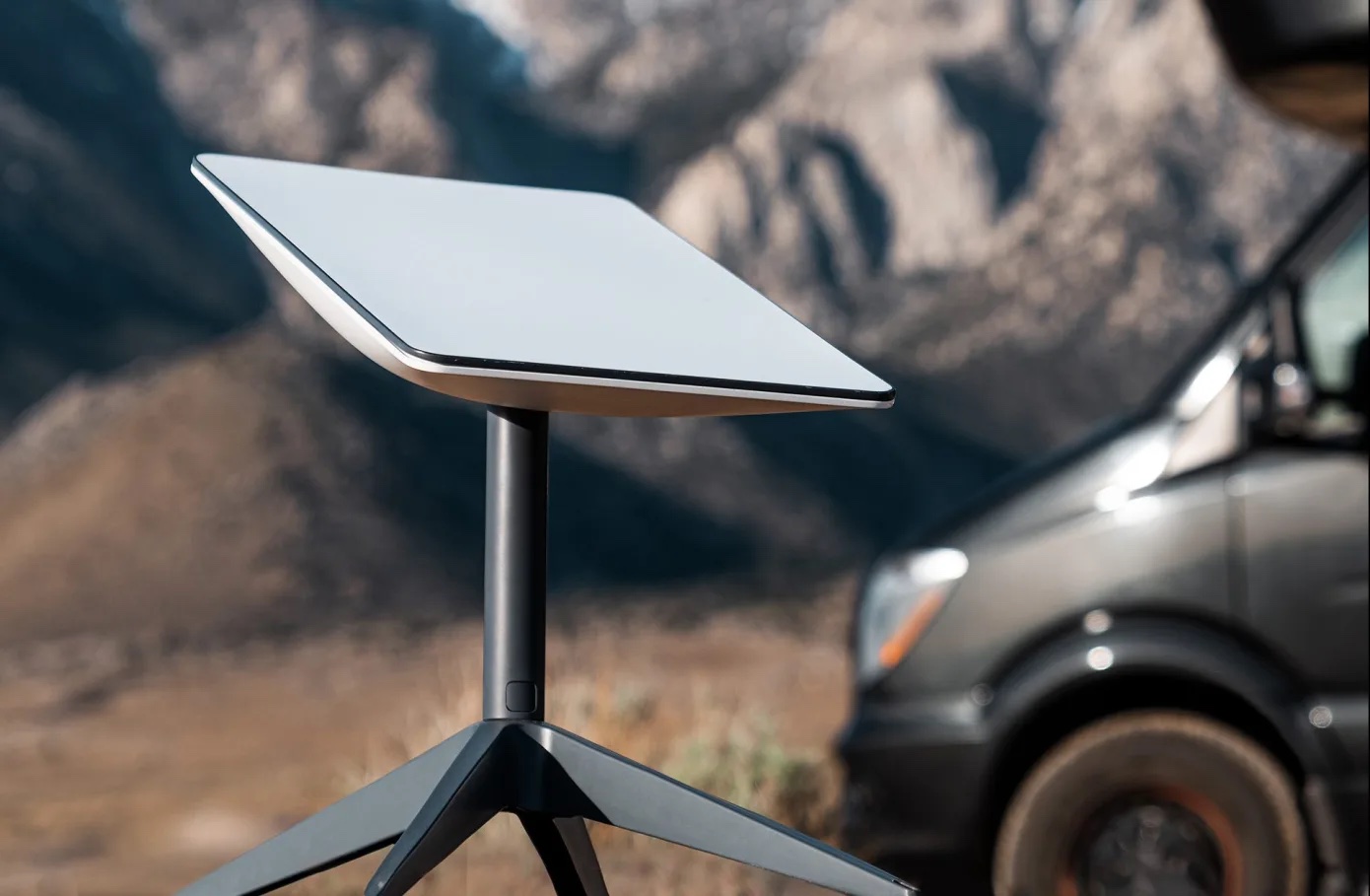TAMPA, Fla. — Starlink is deepening its foothold in Japan as SpaceX’s satellite broadband service looks to expand elsewhere in Asia, which will be critical for generating much-needed revenues.
Japanese telco KDDI announced a deal Oct. 12 to resell Starlink to its enterprise and civil government customers this year — days after SpaceX said it had launched its first services in Asia through Japan.
Starlink is currently available around Tokyo and a part of the country extending north of the megalopolis, according to its availability map. The company expects to make the service available elsewhere in Japan before the end of this year.
KDDI said it would act as an “authorized Starlink integrator” under its deal with SpaceX.
The Tokyo-based telco has been conducting technical demonstrations on Starlink’s low Earth orbit (LEO) network since 2021, which it says proved the service’s quality and performance for applications that include mobile backhaul.
The tests were conducted under an experimental license from Japan’s Ministry of Internal Affairs and Communications, which enabled the companies to operate a ground station in the country to access Starlink’s network.
“With Japan having more than 16,000 mountains and 6,000 islands, Starlink’s industry-leading satellite constellation is uniquely suited to provide Japanese enterprises with reliable, sustainable internet connectivity, even in times of natural disaster,” KDDI President Makoto Takahashi said in a statement.
Enterprise and government markets are also important growth areas for OneWeb. The British LEO broadband operator partnered with KDDI rival SoftBank in May 2021 to bring its satellite services to Japan.
However, OneWeb’s expansion has been delayed since Russia’s invasion of Ukraine put the kibosh on a series of Soyuz launches OneWeb was counting on to complete deployment by the middle of 2022.
OneWeb plans to resume satellite deployments later this month with a flurry of launches from India and SpaceX. Those five launches are slated to complete within six months to expand OneWeb’s coverage beyond the upper reaches of the northern hemisphere.
Meanwhile, SpaceX has continued an aggressive launch campaign for Starlink satellites and has lofted more than 3,400 of them to date to build out global coverage.
SpaceX has steadily brought Starlink online in more than 40 countries while it begins to build traction in Asia.
The Philippines in July approved Starlink’s plan to create a local subsidiary in the country to “expedite the service’s immediate roll-out,” as it sought to become the first country in Southeast Asia to access Starlink.
Starlink’s availability map shows services becoming available for the Philippines in the fourth quarter of 2022, despite local reports citing a government official that its launch has been delayed from December to the first half of 2023.
Last year, India ordered Starlink to stop taking deposits from potential customers before getting a license to operate in the country, leading to the resignation of the executive that had overseen its expansion there.
Citing people with knowledge of the matter, the Economic Times of India reported Oct. 12 that SpaceX was preparing to apply for a license in India to provide Starlink services.
India is estimated to have the second-largest population in the world with more than 1.4 billion people. It is set to overtake China as the most populous country in 2023, according to a recent report from the United Nations.
China, however, has tighter control over its citizens’ access to communications and information.
The Chinese government has sought assurances that Starlink would not be sold in China, SpaceX CEO Elon Musk told the Financial Times in an article published Oct. 7.
Starlink’s availability map shows services for other countries in Asia are due to come online this year or next.
Successfully expanding into more regions will be important for Starlink as it seeks to gain a critical mass of subscribers for financial stability.
“Should be noted that Starlink is still far from cash flow positive,” Musk tweeted Oct. 4.
“All LEO communications constellations to date have gone bankrupt, so any support is super helpful.”
Starlink has also been expanding its range of services to tap into different markets since launching with a focus on residential consumer broadband more than two years ago.
In addition to a business-level subscription tier for heavy bandwidth users, the company has recently rolled out a maritime service and a subscription package designed for customers with recreational vehicles (RVs).
Starlink for RVs had more than 100,000 customers as of Oct. 12 after launching the service just five months ago, according to a SpaceX tweet.
Although marketed for camping or road trips, Starlink for RVs can be used at home by customers willing to pay more a month than the company’s standard service to avoid availability waitlists in congested areas.
Starlink has also been signing connectivity deals directly with large businesses, including Hawaiian Airlines and cruise line operator Royal Caribbean.
